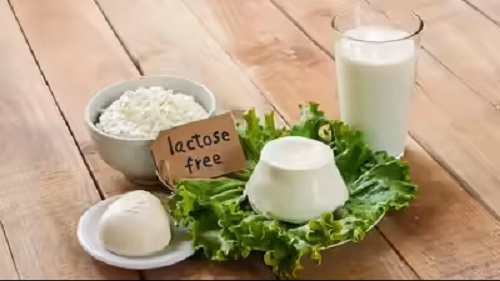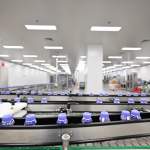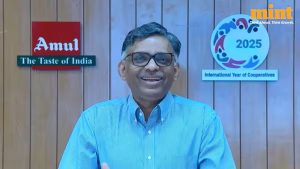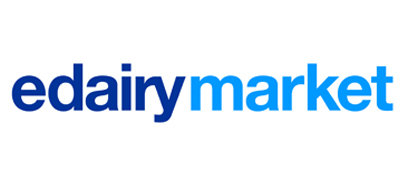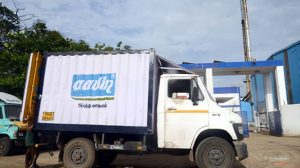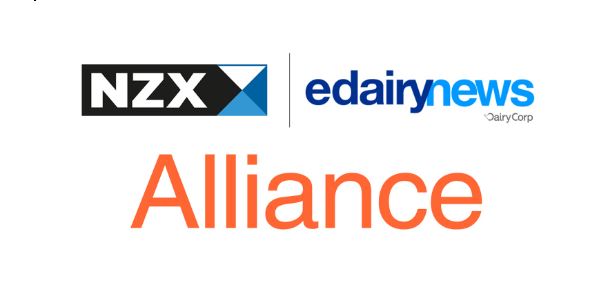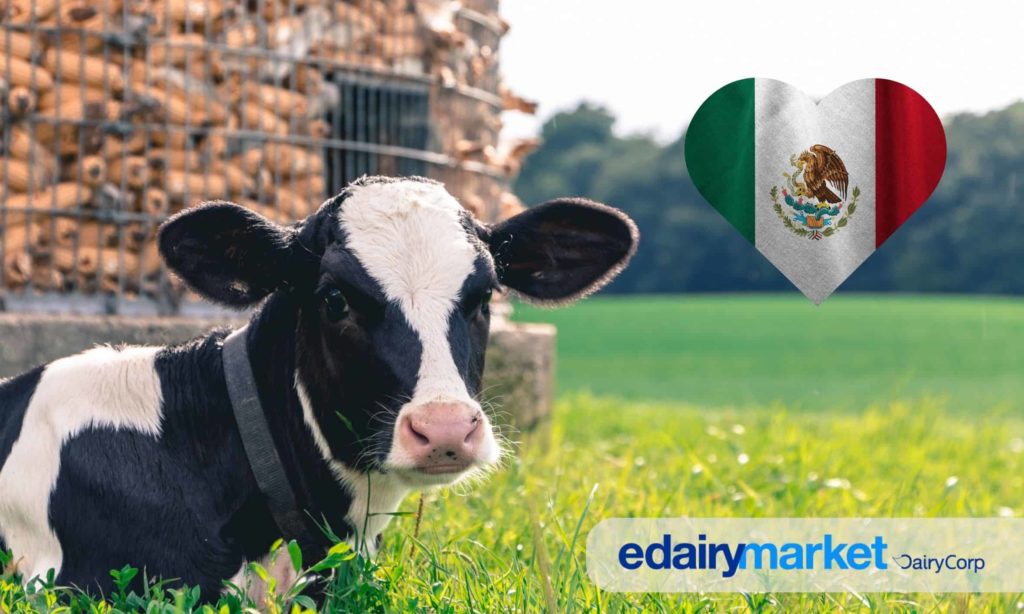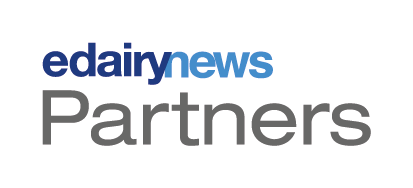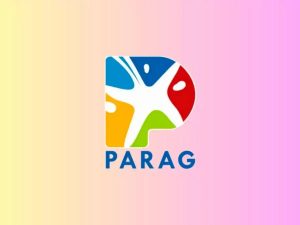
New data reveals a shocking paradox; the lactose-free dairy market is set to explode, driven by health, Millennials, and packaging tech.
India, the world’s largest milk-producing nation, is grappling with a massive internal paradox: between 60% and 74% of its population are estimated to be lactose mal-absorbers, according to studies by SGPGI and Grand View Research. This positions India as one of the globe’s largest pools of consumers with digestive difficulty, yet the country’s lactose-free dairy market remains strikingly underserved and nascent. Current offerings are typically niche, metro-focused, and premium-priced, creating a massive, untapped market gap for manufacturers capable of introducing accessible and affordable products.
Strategic investment in this market must account for significant geographical variations in lactose intolerance. While regions like Delhi show a lower prevalence (around 27.4%), southern states, including Tamil Nadu, Kerala, and Andhra Pradesh, report soaring rates ranging from 66% to 82%. This clear disparity offers specific targets for manufacturers and dairy analysts. With the market projected to grow at a 7% CAGR through 2027 (MarkNtel Advisors), this segment is poised for rapid expansion, especially in high-prevalence Tier-2 and Tier-3 cities currently bypassed by major distribution channels.
The momentum driving the lactose-free dairy segment is shifting beyond medical necessity and into a major lifestyle choice. Health-conscious consumers, particularly Millennials and Gen Z (the leading consumption cohort), are fueling demand for functional, clean-label indulgence. Lactose-free milk’s naturally sweeter profile—a result of the enzymatic process—allows for the removal of added refined sugar. This clean-label attribute aligns perfectly with the nation’s booming “no-sugar crossover” trend, which saw sales of no-sugar beverages double in 2024.
Scaling this specialized dairy manufacturing segment across India’s challenging logistical environment is critically dependent on packaging technology. The UHT milk market, already valued at USD 7.75 billion in 2024, is projected to nearly double to USD 15.53 billion by 2034. Aseptic packaging, provided by solutions like Tetra Pak, is the essential “silent enabler,” allowing lactose-free products to maintain safety and quality for up to six months without refrigeration, effectively overcoming the major barriers posed by the nation’s uneven cold chain infrastructure.
Forward-thinking entrepreneurs are demonstrating the category’s potential. Startups like Zumi are combining functional nutrition—such as protein enrichment—with clean-label ingredients (sweetened with jaggery and dates) and deeply rooted Indian-inspired flavors like Rasmalai and Rose Kulfi. This focus on local taste preferences, combined with on-the-go convenience, signals that lactose-free is no longer a fringe alternative. For established brands and innovators, it represents the definitive next big dairy wave in India, promising massive scale and long-term consumer loyalty.
Source: This analysis and data are derived from an article in the Times of India.
You can now read the most important #news on #eDairyNews #Whatsapp channels!!!
🇮🇳 eDairy News ÍNDIA: https://whatsapp.com/channel/0029VaPidCcGpLHImBQk6x1F
